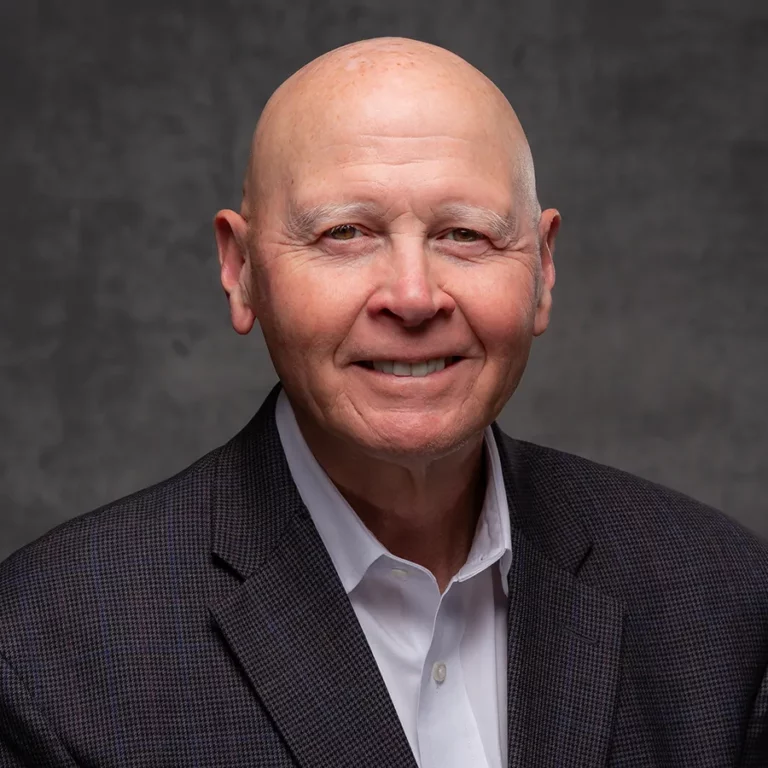When the phone rings after 10 pm, many of us may panic and fear “What if?” a loved one is sick or injured.
AARP’s article entitled “Becoming a ‘Sudden’ Caregiver of a Loved One” says that for those who’ve gone, or will go, from “business-as-usual” one day into crisis the next, there’s no preparation, no time to think about what to do and how to act. These times can feel scary and unsafe, stressful and completely unfamiliar.
Evaluating the Need
A primary challenge of being thrust into caregiving is that often the caregiver and the care recipient have different ideas of how much or what kind of care is needed. Those views don’t always mesh with reality. That’s especially true in the early days, when the sudden caregiver needs to think and act like the captain of the ship—prepared to make the calls and be the final decision-maker. To address this, embrace your “inner general” and call upon your strength to make the right decisions for your loved one.
The Conversation Project
If your loved one is able to express their wishes, you may want to use one of the helpful conversation guides provided by the non-profit The Conversation Project. They can be downloaded from the internet, and they have several versions, based on common situations.
Advance Directives
If your loved one has not already appointed Agents to act through a Power of Attorney or a living trust you will want to complete those documents as soon as possible (if it’s still possible). You should also consider appointing an Agent to act on your behalf, if you should become incapacitated. You don’t want your loved one to be subject to a Guardianship if you become incapacitated or are unable to provide care and assistance. An experienced Elder Law Attorney can help.
Assemble Your Team
Next, decide who should be part of your inner circle, those to turn to if you need a “gut check.” You can make a list of what you’re not good at. Perhaps it’s bookkeeping and dealing with the insurance company. Line up people who want to help and let them do it.
Anticipate Changes
There are roughly 53 million caregivers in the U.S., each with his or her own circumstance and situation. However, the basic journey of sudden caregiving is the same, whether it’s a child suddenly caring for a parent, a spouse caring for a spouse, or a caregiving situation with a child, sibling, or other loved one. Financial and psychological changes often are a part of this transformation. For instance, families that enjoyed a dual income may see one paycheck disappear, when the focus shifts to caregiving. This leaves little time to prepare financial plans and can dramatically disrupt budgets and savings.
Check Your Mindset
However, try to adopt the simple concept of trying to keep things “as normal as possible.” Providing caregiving for someone to a certain end (or over a long period of time) is a journey with crises and then periods of normalcy. You can bolster your resilience, by anticipating that things will go upside down from time to time, but by actually living in the in-between. That mindset is a major step forward in mental wellness for both the caregiver and recipient.
Think of a road map that forms a continuous circle for caregivers, as they move through all aspects of their journey:
- Map your journey (set goals and make hopeful plans)
- Be proactive
- Assemble your care team (include only trustworthy doers)
- Count your blessings and practice gratitude
- Remember to take care of you and find ways to prioritize your own health; and
- Build resilience (seek the silver lining).
Avoid Burnout
Caregivers frequently are so focused on caring for their loved one, that they sacrifice their own needs and self-care. This can result in burnout and depression. Therefore, balance caregiving with regular exercise, a Mediterranean-inspired diet emphasizing fruits and vegetables, stress management techniques, such as mindfulness or yoga, seven to nine hours of quality sleep nightly, and supportive social relationships.
Reference: AARP (Aug. 17, 2021) “Becoming a ‘Sudden’ Caregiver of a Loved One”




